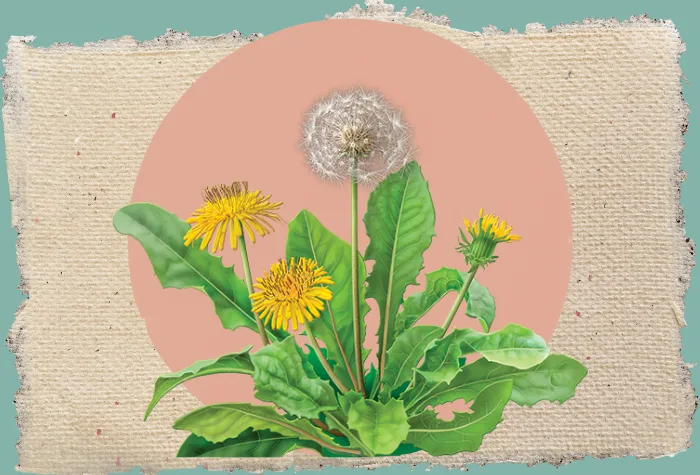
It's peak dandelion season. Here's how long it will last
Dandelions.
They're everywhere these days -- covering fields that were completely green just a few days ago.
These persistent plants can grow in just about any type of soil and climate. They bloom from May to October, but peak season is happening now and will last until June.
FAST FACTS
Each dandelion plant produces an average of 15,000 seeds. There are typically 150-200 seeds per flower, and each plant contains up to 10 flowers.
It takes between nine and fifteen days for a dandelion to turn from a vibrant yellow flower into a white, seed-spreading puffball. Weather can help or hinder this process -- dandelions grow best when soil is warm and moist
FROM YELLOW FLOWER TO WHITE PUFF
The dandelion life cycle was documented in 2010 by British photographer Neil Bromhall. In the now-viral video, Bromhall filmed a dandelion flower for a month, following it as it blooms and then contracts, re-opening as a white, cloud-like puff.
The white tufts that are exposed once a dandelion matures are called pappi. They're attached to a white membrane called cypsela, which is the plant's fruit, anchored by a seed. The pappus acts like a parachute, helping seeds and fruit disperse via the wind.
DANDELIONS AREN'T ALL BAD
Dandelions are an important food source for pollinators in early spring.
"This is the most difficult time for them because they've eaten through a lot of their stores of honey," beekeeper Tara Lapointe told The Weather Network in 2017.
Bees start to become more active when the daily highs hit 10 degrees Celsius, and during that time, pollinators rely heavily on dandelions because they're one of the first flowers to emerge.
So it's ok to keep them around for a week or two -- in fact, some experts recommend it. No Mow May is a U.K.-based initiative that's gaining popularity in Canada. Naturalists say letting your lawn grow a little longer can help native plants disperse, provide food for animals, and give ground-nesting bees a chance to emerge for the season undisturbed.
DANDELION MANAGEMENT
If you feel like your dandelions are getting out of control, there are ways to keep them at bay.
Pulling them out by hand is one of the most effective ways to get rid of them, but it's also time-consuming. You can make your work easier by watering your lawn a few hours earlier to loosen the soil. When extracting dandelions, dig deep and pull out the entire plant, roots included.
Mowing your lawn is another tactic, but this will likely only buy you a few days of grace.
Lastly, there are sprays available that can keep dandelions under control.
Thumbnail: Custom by Cheryl Santa Maria. Graphical elements courtesy of Canva.










